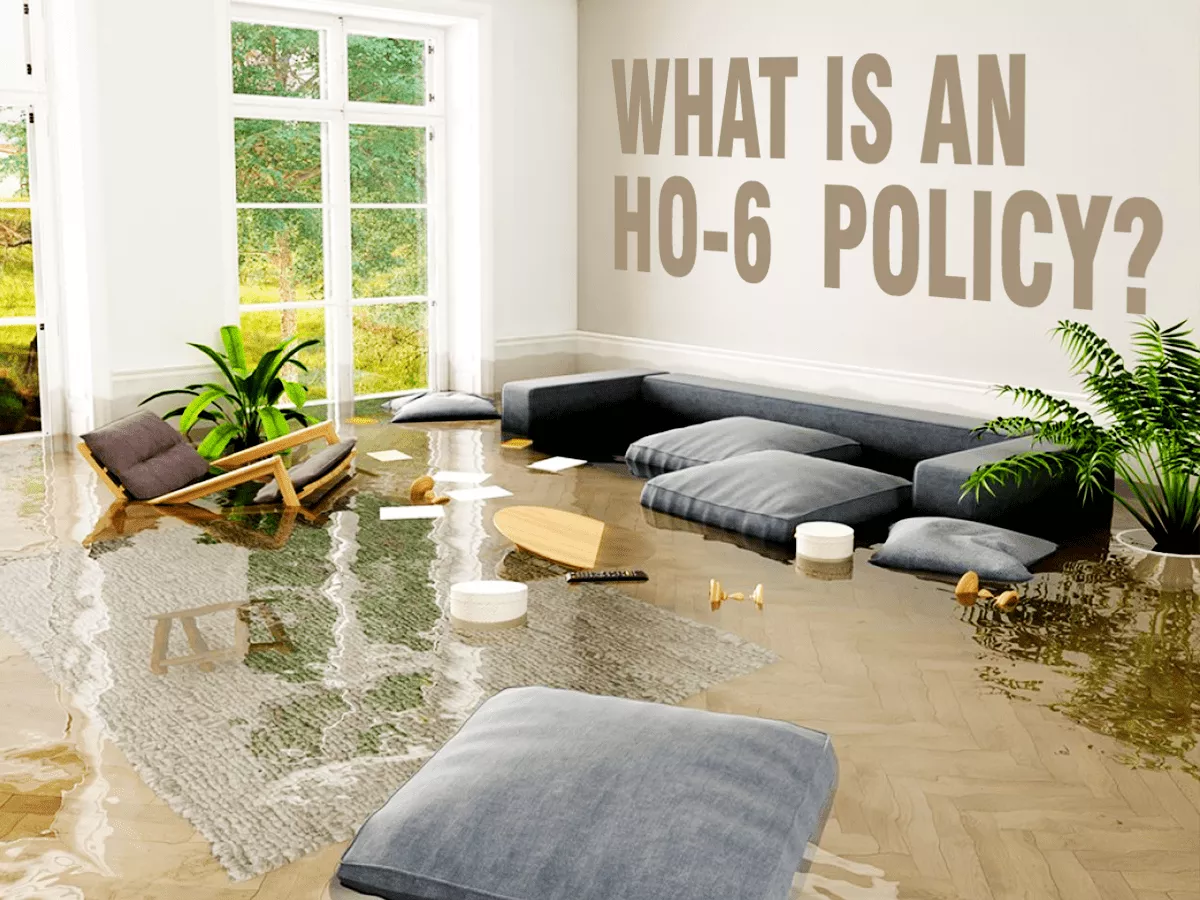Homeowners insurance is a vital safeguard for your most significant investment—your home. Among the various components of a comprehensive homeowners policy, Additional Living Expenses (ALE) coverage is crucial. This article delves into the importance of ALE coverage, explaining what it is, why it’s necessary, and how it works. We’ll also answer frequently asked questions to provide a thorough understanding of this essential protection.
What is Additional Living Expenses Coverage?
Definition and Purpose
Additional Living Expenses (ALE) coverage is a part of your homeowners insurance policy that helps cover the extra costs you might incur if you temporarily cannot live in your home due to a covered loss. This coverage is designed to maintain your standard of living by covering expenses such as temporary housing, food, and other necessary costs during the repair or rebuilding of your home.
How Additional Living Expenses Coverage Works
Triggering Events: ALE coverage is activated when a covered peril, such as fire, storm, or another insured event, renders your home uninhabitable.
Scope of Coverage: This insurance covers the reasonable increase in living expenses you incur to maintain your normal standard of living. This can include costs like hotel stays, temporary rentals, restaurant meals, laundry, and even pet boarding.
Policy Limits: The extent of ALE coverage is typically limited by your policy. It might be a percentage of your dwelling coverage or a specific dollar amount. Always check the details in your policy to understand your coverage limits.
Why You Need Additional Living Expenses Coverage
Temporary Housing Costs: If your home is uninhabitable, finding a place to stay can be costly. ALE coverage ensures you don’t have to bear these expenses out of pocket.
Maintaining Normalcy: Displacement can be stressful. ALE helps you maintain a sense of normalcy by covering the costs associated with staying in a location similar to your home environment.
Unforeseen Expenses: Beyond just housing, being displaced can lead to a range of additional costs, from increased commuting expenses to replacing everyday items. ALE coverage helps mitigate these unexpected financial burdens.
Benefits of Additional Living Expenses Coverage
Financial Security
ALE coverage provides a financial safety net, covering the additional costs that arise from being displaced. This ensures you can focus on recovering and rebuilding without worrying about financial strain.
Peace of Mind
With ALE coverage, you have peace of mind knowing that if disaster strikes, you have support to maintain your living standards. This security can significantly reduce the stress of an already challenging situation.
Comprehensive Protection
Adding ALE coverage to your homeowners insurance enhances your overall protection, ensuring you’re covered for a broader range of scenarios.
Common Scenarios Where Additional Living Expenses Coverage is Crucial
Natural Disasters
Natural disasters like hurricanes, tornadoes, or floods can make your home uninhabitable. ALE coverage ensures you have the means to stay elsewhere while your home is repaired or rebuilt.
Fires
A fire can cause significant damage, rendering your home unsafe. ALE covers the cost of temporary housing and other living expenses during the recovery process.
Extensive Repairs
Sometimes, major repairs or renovations required to address damage can take weeks or months. ALE ensures you have a comfortable place to stay during this period.
see also:Do I Need Health Insurance to Travel?
FAQs About Additional Living Expenses Coverage
1. What expenses does ALE cover?
ALE typically covers costs such as hotel stays, temporary rentals, restaurant meals, laundry services, transportation, and even pet boarding. The goal is to cover reasonable expenses necessary to maintain your standard of living.
2. How is the amount of ALE coverage determined?
The amount of ALE coverage is usually a percentage of your dwelling coverage limit. For example, if your home is insured for $300,000, and your policy includes 20% ALE coverage, you would have $60,000 available for additional living expenses.
3. Is there a time limit on ALE coverage?
Yes, ALE coverage usually has a time limit, such as 12 months or 24 months, depending on the policy. This limit dictates how long you can receive ALE benefits while your home is being repaired or rebuilt.
4. Does ALE cover all types of losses?
ALE only covers additional living expenses resulting from covered perils under your homeowners insurance policy. If your policy does not cover the event causing the displacement, ALE coverage will not apply.
5. Can I choose where to stay with ALE coverage?
Generally, you have the flexibility to choose temporary housing that suits your needs and lifestyle. However, the costs must be reasonable and comparable to your standard of living before the displacement.
Conclusion
Additional Living Expenses (ALE) coverage is a vital part of homeowners insurance that provides essential financial protection and peace of mind. By covering the extra costs incurred when your home is uninhabitable, ALE ensures you can maintain your standard of living and focus on recovering from the loss. Understanding the scope and limits of ALE coverage helps you make informed decisions to enhance your overall insurance protection. Always review your policy and consult with your insurance provider to tailor your coverage to your specific needs, ensuring you have comprehensive protection in place.
By having ALE coverage, homeowners can navigate the challenging times following a disaster or significant damage more smoothly, knowing they have the support they need to maintain their lifestyle and financial stability.




















